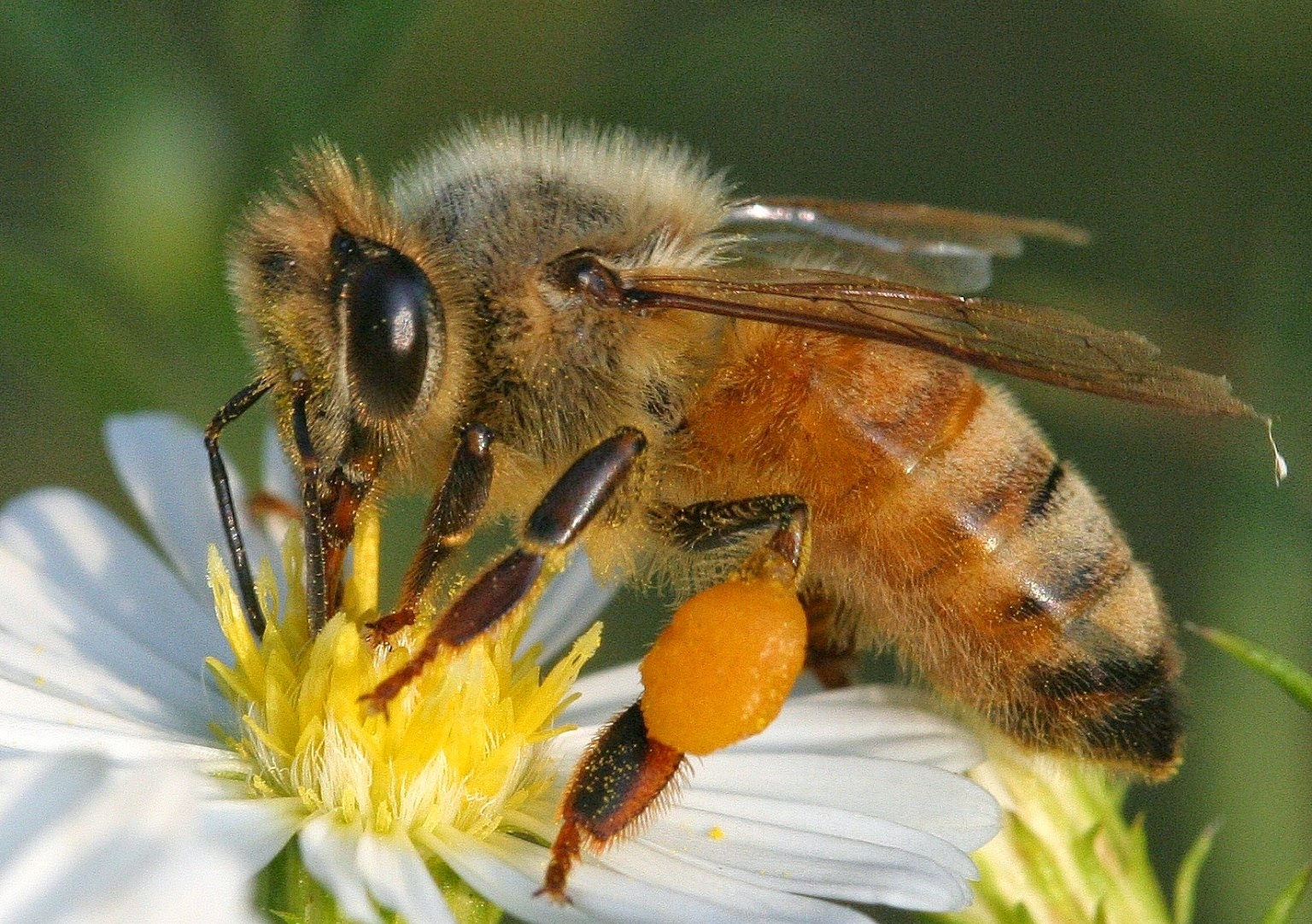A Comprehensive Guide To Bees: Importance, Types, And Conservation
Bees are essential creatures that play a pivotal role in our ecosystem. They are not just insects; they are vital pollinators that contribute to the growth of many plants, including crops that humans rely on for food. Understanding the significance of bees is crucial, especially as their populations face significant threats from various factors, including habitat loss and pesticide use. This article delves into the world of bees, exploring their importance, the various types, and what we can do to help conserve them.
The significance of bees extends beyond just pollination. They are a critical component of biodiversity, supporting the survival of numerous plants and the animals that depend on them. As we explore this topic, we will uncover the fascinating biology of bees, their social structures, and the challenges they face in today's environment. This comprehensive guide aims to enlighten readers about the remarkable world of bees and inspire actions towards their conservation.
In this article, we will cover various aspects of bees, including their biology, types, ecological importance, threats to their survival, and practical steps we can all take to protect these incredible insects. By the end of this guide, readers will have a thorough understanding of bees and their critical role in our ecosystem.
Table of Contents
- 1. Importance of Bees
- 2. Types of Bees
- 3. Bee Biological Structure
- 4. Bee Society and Colony Structure
- 5. Threats to Bees
- 6. Bee Conservation Efforts
- 7. How to Help Bees
- 8. Conclusion
1. Importance of Bees
Bees play an integral role in pollinating plants, which is essential for food production. They are responsible for pollinating a significant portion of the crops that humans consume, including fruits, vegetables, and nuts. Here are some key points highlighting their importance:
- Pollination is crucial for the reproduction of many flowering plants.
- Approximately 75% of the world’s food crops depend on pollinators, with bees being the most efficient.
- Bees contribute to the maintenance of biodiversity by supporting various ecosystems.
2. Types of Bees
There are over 20,000 known species of bees worldwide, each playing a unique role in the ecosystem. The most common types include:
2.1 Honey Bees
Honey bees are social insects known for producing honey and wax. They live in large colonies and are vital for agricultural pollination.
2.2 Bumblebees
Bumblebees are larger and fuzzier than honey bees. They are effective pollinators, especially in cooler climates.
2.3 Solitary Bees
Unlike social bees, solitary bees do not live in colonies. They include species like mason bees and leafcutter bees, which are also important pollinators.
2.4 Stingless Bees
These bees are found in tropical regions and do not sting. They are known for producing honey and are crucial for pollinating various plants.
3. Bee Biological Structure
Understanding the biological structure of bees helps us appreciate their role in pollination and the ecosystem. Key components include:
- Head: Contains the eyes, antennae, and mouthparts used for gathering nectar.
- Thorax: Houses the wings and legs, enabling flight and movement.
- Abdomen: Contains vital organs and is often where honey is stored in honey bees.
4. Bee Society and Colony Structure
Bees exhibit fascinating social structures, particularly honey bees and bumblebees. Their colony typically consists of three types of bees:
- Queen Bee: The sole reproductive female responsible for laying eggs.
- Worker Bees: Non-reproductive females that perform various tasks, including foraging and hive maintenance.
- Drones: Males whose primary role is to mate with the queen.
5. Threats to Bees
Bees face numerous threats that jeopardize their survival, including:
- Pesticides: Chemicals used in agriculture can be harmful to bee populations.
- Habitat Loss: Urbanization and agricultural expansion lead to decreased nesting sites.
- Climate Change: Alters flowering times and affects the availability of food sources for bees.
6. Bee Conservation Efforts
Various organizations and initiatives are working towards bee conservation. Here are some notable efforts:
- Planting bee-friendly flowers and native plants.
- Creating awareness campaigns about the importance of bees.
- Supporting sustainable agricultural practices to minimize pesticide use.
7. How to Help Bees
Every individual can contribute to bee conservation by taking small actions, such as:
- Creating a bee garden with diverse flowering plants.
- Avoiding the use of harmful pesticides in gardens.
- Supporting local beekeepers and honey producers.
8. Conclusion
In conclusion, bees are crucial for our ecosystem and food production. Their decline poses a significant risk to biodiversity and agriculture. By understanding their importance, the types of bees, and the threats they face, we can take proactive steps to ensure their survival. We encourage readers to get involved in local conservation efforts and spread awareness about the significance of bees.
We invite you to leave your comments below, share this article with others, or explore more articles on our site to learn about other environmental topics.
Thank you for reading, and we hope to see you back here for more informative content!
Exploring The Fascination Of Crime Junkie Podcasts: A Deep Dive
Wendy Osefo: The Rise Of A Reality TV Star And Academic Powerhouse
Smyth: A Comprehensive Guide To Understanding The Legacy And Impact


